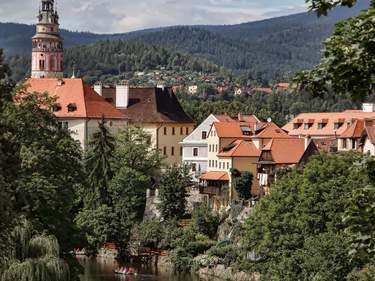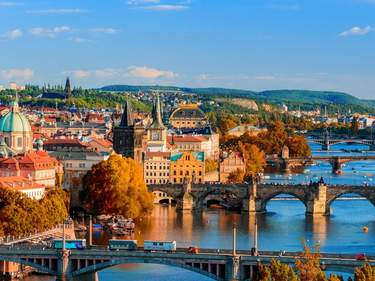2. Corvey Abbey Carolingian Westwork and Civitas
After Charlemagne conquered the Saxon lands, the area was Christianized by founding abbeys and bishoprics. Corvey Abbey was established on the banks of the Weser river in 822, and staffed by Benedictine monks from Corbie Abbey (hence the name) in what is now northern France.
After the construction of the church was finished in 885, the abbots controlled a huge area for almost one thousand years before it was refashioned into a castle. Bearing witness to the missionary tasks of imperial monasteries at the time, the grand Westwork, the stone front part of the former abbey church, is the only remaining example of Carolingian-era church architecture.
Inside, it has an original vaulted hall and an upper floor with galleries, featuring stucco figures and mythological friezes depicting ancient mythology. The former abbey buildings, or Civitas, only exist as excavated ruins, but indicate the abbey complex was as important as a city would be now, with a school, library, pilgrims' hospice and workshops. You can enjoy the relatively unspoilt rural setting along the river by staying the night at the cheap and cheerful Weser Aktivhotel in the castle complex, which has basic rooms and a campsite, and rents out bikes and canoes.
How to get there
Corvey Abbey is 25km east of Höxter Rathaus station, 1.5–2 hours by train or car south of Hanover.

_listing_1640546826392.jpeg)

_listing_1640551981693.jpeg)










 This content was created in partnership with the
This content was created in partnership with the